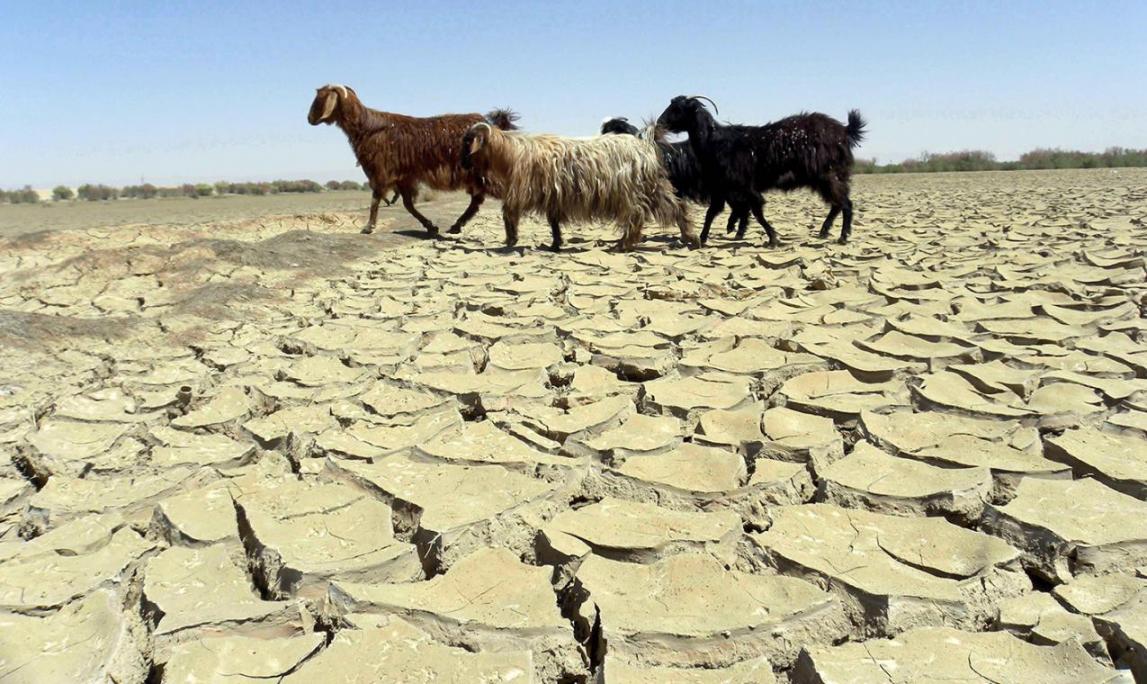Three weeks to go before the end of the season it has become abundantly clear that the promise of an unusually cold winter was everything but true.
Back in October, the Energy Ministry warned that Iran was in for an extremely cold winter due to El Nino and issued instructions to relevant bodies to make preparations despite meteorologists refuting claims that the weather phenomenon would have any noticeable impact on the country’s weather.
Things started off well; in the fall (September 23 – December 21), Iran experienced a 38% rise in precipitation compared with the long-term average, heralding an even wetter winter. Some even went as far as saying the good rainfall would help pull Iran out of its 14-year struggle with drought that has displaced hundreds of thousands of rural residents, forcing them to migrate to large cities already saturated with immigrants.
However, the trend was not meant to last: in the first two months of winter (December 22 – February 19), lack of rainfall resulted in a staggering 30% drop in precipitation compared to the long-term average for those months (Dey and Bahman on the Iranian calendar).
“Overall, we experienced a 1.6% increase in precipitation during the past five months, but that’s not necessarily good news,” Shahrokh Fateh, the director of National Drought Warning and Monitoring Center, told khabaronline.ir.
“Only five provinces showed an increase in rainfall,” he said, adding that 26 provinces registered lower precipitation compared to their long-term average.
Unaffected by El Nino
Every two to seven years, an unusually large warm pool of water—sometimes two to three degrees Celsius higher than normal develops across the eastern tropical Pacific Ocean to create a natural short-term climate change event. This warm condition, known as El Nino, affects the local aquatic environment, but also spurs extreme weather patterns around the world, from flooding in California to droughts in Australia.
This year’s El Nino is already strong and appears likely to equal the event of 1997-98, the strongest El Nino on record, according to the World Meteorological Organization.
“But as we have been saying, the phenomenon never affects us because of our geographical location,” Fateh said.
In spite of the Energy Ministry’s insistence that this winter would be one of the coldest in recent memory, last week the mercury registered an average of 24° C in Tehran, making the week of February 20 the capital’s hottest in 60 years.
“People who make claims like the one about El Nino clearly don’t understand the phenomenon and how it affects our country,” the official said, adding that since El Nino forms in the eastern Pacific, the Americas, Australia and Indonesia bear the brunt of its effects.
“It forms thousands of kilometers away from Iran. It may minimally affect small parts of southern Iran due to their proximity to the Indian Ocean, but it’s negligible.
“Iran’s weather is affected by multiple factors, including many close to home which exert far greater influence on the country’s precipitation than El Nino,” Fateh said.
Water Deficit
Following the wet fall season, some people had pinned their hopes on a snow-heavy winter to finally turn the tide and put an end to the dry season(s), but that was naïve, according to the official.
“We have accumulated a massive water deficit through years of drought, so to think that one or two seasons of good rainfall could erase the shortfall is misplaced,” he said, adding that “it is dangerous” to expect a wet year after a couple of rain-heavy months.
Elaborating on the gravity of the situation, he said the eastern South Khorasan Province should have received about 55% of its annual precipitation by now, but it has hardly got 27%, “so assuming the province receives its normal amount of rainfall during the rest of the water year (started September 23), it will still run into 30% deficit.”
Other provinces are not doing better. Yazd, Sistan-Baluchestan, and Khorasan Razavi are also parched and struggling like South Khorasan.
Experts are of the opinion that Iran’s water scarcity will hit crisis level by 2025, when available renewable water will be less than 1,000 cubic meters per capita, down from 2,000 cubic meters in 1950.
Constant appeals by environmentalists, academia and water experts to those in charge and consumers to improve water management and reduce consumption have apparently fallen on deaf ears. Maybe if and when they wake up from the long slumber it will have been too late and large parts of the country will look like a wasteland in need of water import.


